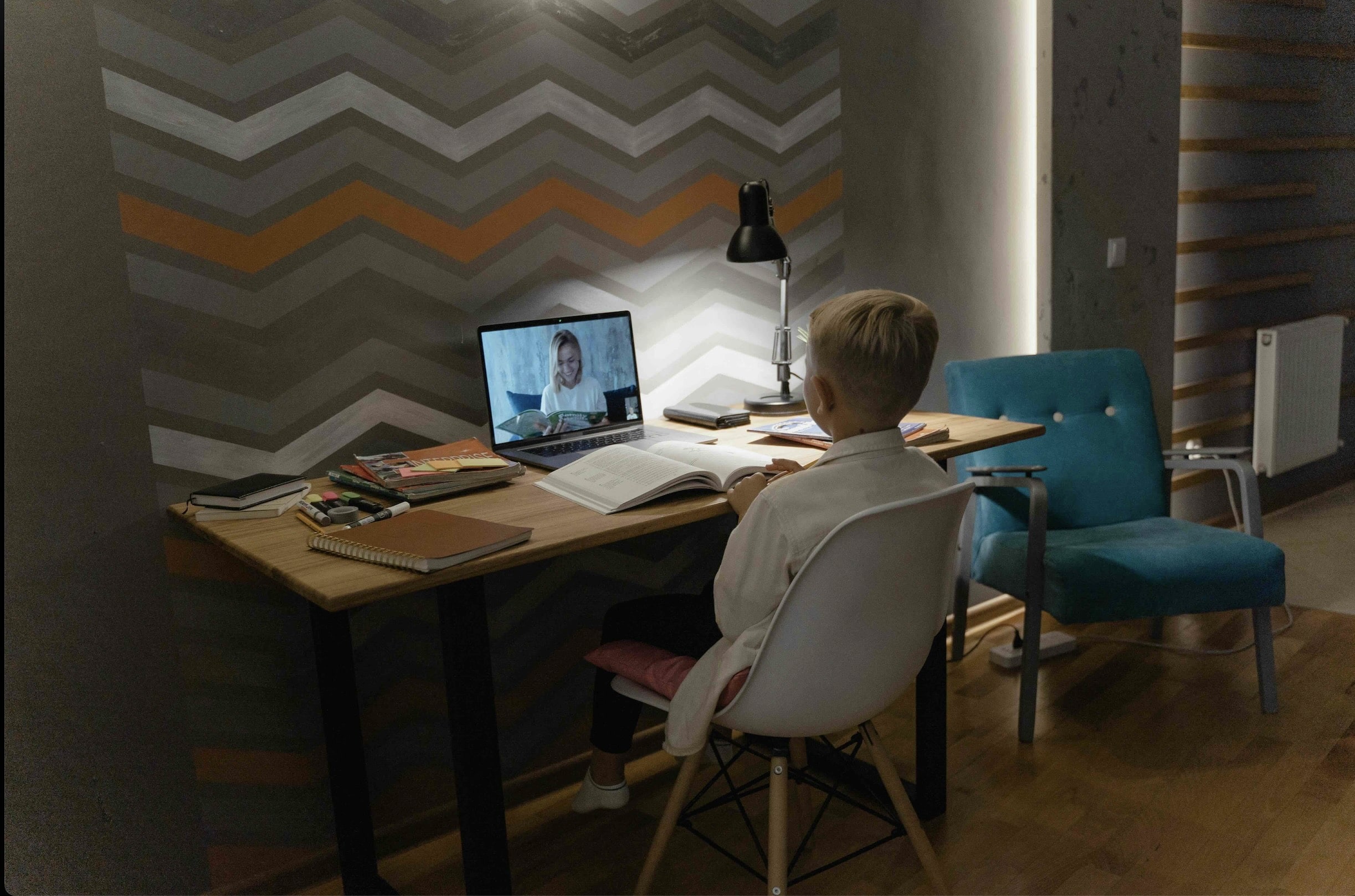In a landmark move that promises to reshape the digital landscape for millions of Americans…

ADA Title II Digital Accessibility Update, 2026 Deadline
ADA Title II Digital Accessibility Update, 2026 Deadline: On April 8, 2024, the U.S. Department of Justice (DOJ) took a significant step towards digital inclusivity by signing a final rule updating Title II of the Americans with Disabilities Act (ADA). This landmark decision sets new standards for digital accessibility in state and local government services, ensuring that people with disabilities have equal access to online resources and services.
Key Points of the ADA Title II Digital Accessibility Update, 2026
- Technical Standard: The rule adopts the Web Content Accessibility Guidelines (WCAG) 2.1 Level AA as the technical standard for web content and mobile apps.
- Scope: It applies to all state and local government entities, including public schools, hospitals, courts, and libraries.
- Content Coverage: The rule applies to websites, mobile apps, and digital documents such as PDFs, spreadsheets, and presentations.
Compliance Deadlines:
- Entities serving 50,000 or more people: By April 24, 2026
- Entities serving less than 50,000 and special district governments: By April 26, 2027
- Exceptions: The rule provides limited exceptions for archived web content, preexisting conventional electronic documents, third-party content, and preexisting social media posts.
Why This Matters
Access to online government services is crucial for full civic participation in today’s digital age. This rule ensures that people with disabilities can access vital information and services, from health resources to voting information, as easily as everyone else.
What Needs to Be Accessible
Under the new rule, state and local governments must ensure accessibility for:
- Websites and web applications
- Mobile apps
- PDFs and other digital documents
- Audio and video content
- Online forms and applications
Steps for Compliance
- Audit: Conduct a comprehensive audit of all digital assets.
- Plan: Develop a strategy for updating non-compliant content and systems.
- Train: Educate staff on accessibility standards and practices.
- Implement: Make necessary updates to meet WCAG 2.1 Level AA standards.
- Test: Regularly test for accessibility, including with users who have disabilities.
- Maintain: Establish processes to ensure ongoing compliance as new content is created.
Potential Challenges
While the rule provides a clear standard, implementation may present challenges:
- Resource allocation for updating existing content
- Training staff on new accessibility requirements
- Ensuring third-party vendors meet accessibility standards
- Maintaining compliance with evolving technologies
Looking Ahead at the ADA Title II Digital Accessibility
The ADA Title II Digital Accessibility Update, 2026 rule marks a significant step towards digital inclusivity, but it’s just the beginning. As technology evolves, so too will accessibility standards. State and local governments should view this as a compliance issue and an opportunity to innovate and improve digital services for all citizens.
At cielo24, we’re committed to supporting organizations in meeting these new standards. Our accessibility solutions, including high-quality captioning and audio description services, can help ensure your digital content is compliant and genuinely inclusive. Let us know what your organization needs, and we’ll be happy to help.
Remember, digital accessibility is not just about meeting legal requirements—it’s about creating a more inclusive society where everyone has equal access to information and services. As we move forward, let’s embrace this opportunity to build a digital world that genuinely serves all members of our communities.
***

Enhancing Accessibility in Government and Higher Education Media Communications
In an increasingly digital world, ensuring equal access to information and services has become paramount for government agencies and higher education institutions. This guide explores the crucial role of accessibility in Government and higher education communications, such as captions, transcription, and audio description, in creating inclusive communication media environments. Continue reading >>
ADA Title II Update Overview: Digital Accessibility and What You Need to Know

Accessible Video Legal Requirements for Private Universities: Federal Funding and Public Places of Accommodation
There has been a decades-long debate on the legal requirements for private universities for accessible video. Due to their receipt of federal funding and being classified as public places of accommodation, the overwhelming majority of private universities are legally obliged to ensure the accessibility of their educational materials for all students, including those with hearing impairments. Read More >>



